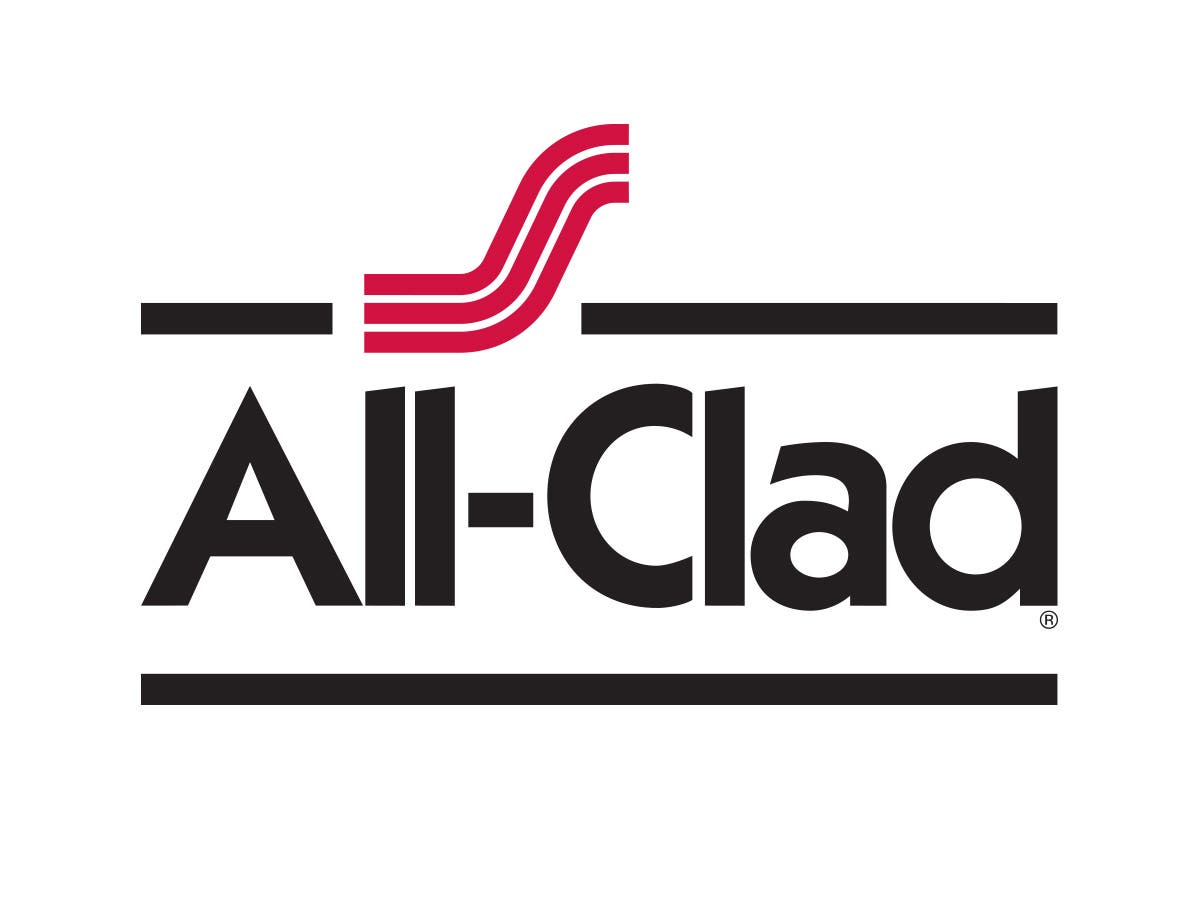Cleaning and Care: Cookware that shines like new for years to come

Categories:
Tips & Tricks
Cleaning and Care: Cookware that shines like new for years to come
Posted:
December 28, 2023
There’s nothing quite like unboxing a new set of stainless steel cookware. It’s so shiny and pristine, and if you stare at it long enough, you’ll catch yourself daydreaming about all the searing, caramelizing, and sautéing you’ll be doing.
If cared for properly, your All-Clad Stainless Steel cookware will look this good and perform this well for a lifetime. Check out these videos from Chef Andy, as he walks you through how to keep your pots and pans looking like new for years to come.
0 Comment(s)





